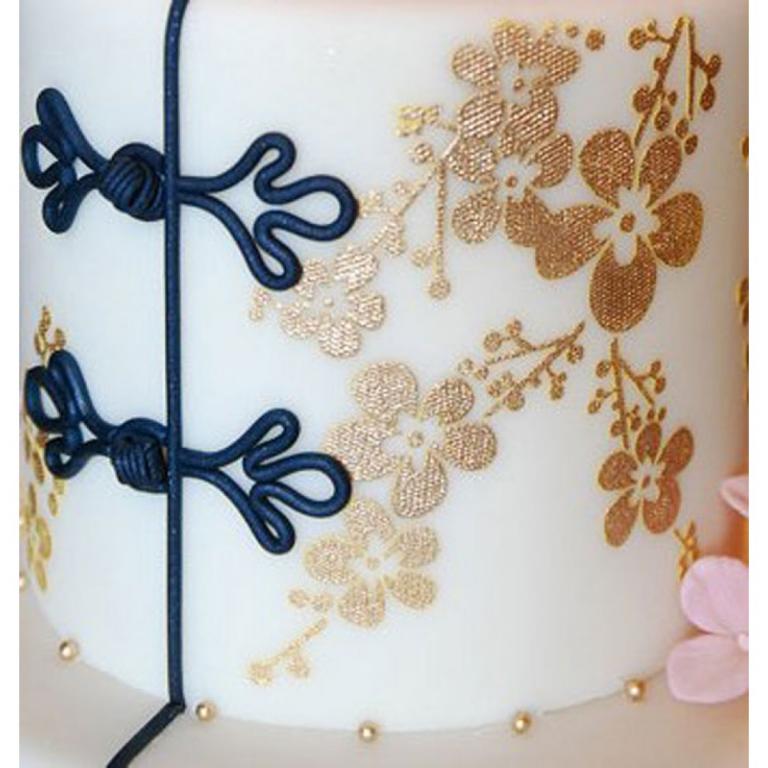Folk Tools
21 min readTools are equipment created by human beings to process natural materials in their daily life and production activities. With extended functions of human hands, tools have not only improved work efficiency and life quality, but also fostered and expanded the functions of human hands and the thinking ability of brains. As the social productivity grows and industrial segments become more specific, tools are increasingly specialized, standardized and made as a whole set, and vary in type and function. Although the difference in living and applying habits in different places may result in the difference in the shape and structure, size and name of a tool in an industry, the basic structures remain the same, in general. The craftsmanship of tools is usually judged from the performance, materials, shape, structure and decoration of them. In some circles, the tool would be a symbol handed down from the previous generation to the next one For example, the master would give a ceremony to hand over his tool to an outstanding apprentice to show his recognition of him. “Good tools make good work. Tools are the direct media and important means of production. So, they are valued by people, and repaired and maintained at regular intervals in their daily work. Farmers repair farm tools during the slack season, and fishermen overhaul the fishing-boat in the cold and dry winter, the perfect time for repairing, flat pointing boats, and brushing them with oil. Tools can be divided into different categories by different criteria, such as material, function, development stage or applicable field. The following part of this essay will show you some widely used tools and their application environments. Most of them are still in use and have an aesthetic value. By usage, they can be roughly divided into farm tools, handicraft making tools, and auxiliary tools. Farm Tools Chinese ancient civilization was dependent on agriculture. In this sense, all governments in the bygone ages attached importance to agriculture by carrying out water conservancy projects, improving farm tools, spreading advanced farming techniques, as well as worshiping the heaven and earth to pray for good weather for crops and a bumper grain harvest. As the tool for agricultural production, farm tools fall into farm tools, irrigation tools, harvesting tools, and processing tools. They are an indicator of the agricultural production technology level. They are not picky in materials. Generally, farm tools are made of local materials. They are light and man -carried, multifunctional and broadly applicable. Tilling and sowing tools Tilling and sowing tools include, among other things, plough, harrow, weeding hoe weeding hoe for paddy field and animal-drawn seed plough. Although having different structures and names, they are broadly the tool for cultivation, and collectively called the “tilling tool” in the folk. As early as in the Neolithic Age, there were the primitive farm tools in the Yangshao Culture-the tilling tool. As the legend goes, in order to improve the extensive cultivation and frequent migration in the primitive slash-and-burn cultivation ways, Shen Nung chopped the wood to be the hoe and plough, to benefit all the farmers. As the tribes migrated and expanded, farm tools and technologies were spread into the Yellow River and Yangtze River basins quickly. And gradually, the cultivation habit of planting dry crops in northern China and planning rice in southern China formed.
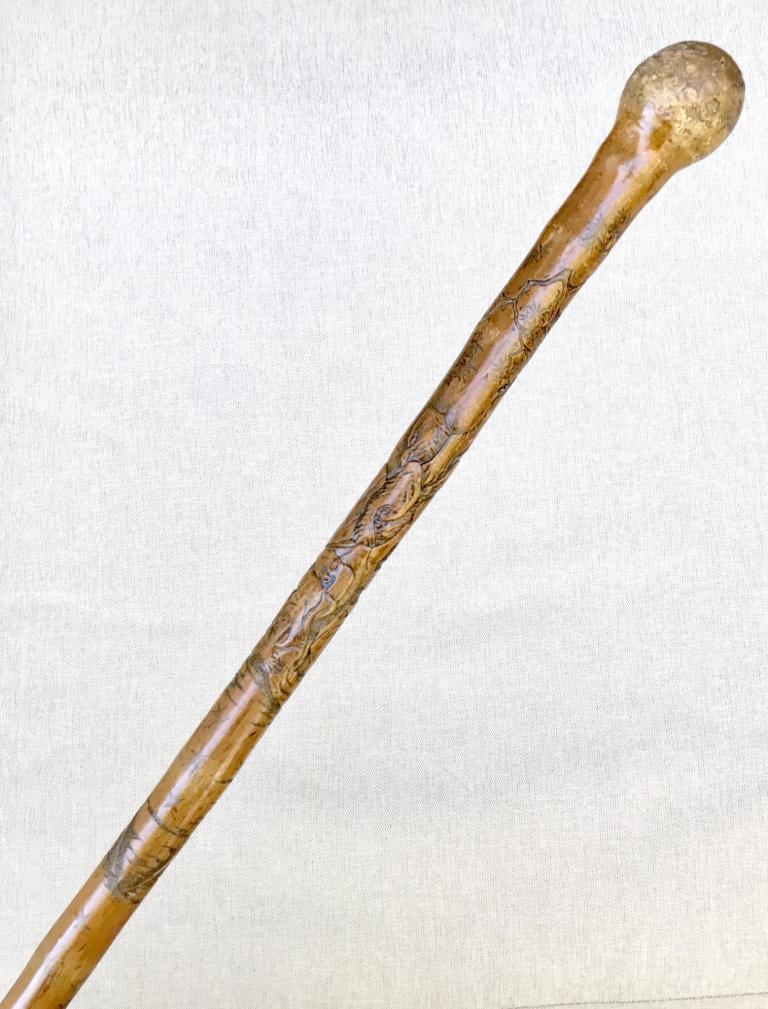
The ancient plough Lei consists of a pointed-end stick and short beam. When using it, insert the pointed end into soil and trample the beam to deepen the insertion and turn the soil. After being improved, the plough gets two pointed ends, some even a labor-saving bent handle. The spade-shaped farm tool Si, like the plough but having an oblate head, resembles the shovel and spade. It was firstly made of wood, then stone, bone or ceramic. They two contribute to the improvement in cultivation efficiency. Plough is a common tool for tilling soil. Chinese plough was derived from an ancient spade-shape tilling tool. After the cattle are used to drive the plough, it is gradually separated with them, and become a specialized tool. There are oracle bone scripts in Shang Dynasty about plough and record of iron plough driven by cattle in late Spring and Autumn period. The straight-sha plough emerged in the Western Han Dynasty, which had only the plowshare and the handrail, and the “tread plough” was widely used in places lack of farm cattle. The bent-shaft plough in the Sui and Tang dynasties set the foundation for Chinese ploughs. As recorded in the Tilling Tool Classics written by Lu Guimeng in Tang Dynasty, the bent-shaft plough is large in size and pulled by two cattle. Adding the “Li Ping”can increase the ploughing depth, and changing the plough wall can put the soil onto the side, reduce the resistance, overturn the soil block and cut off the weed. Since the modern times, in order to be used to different types of fields, ploughs are made of different shapes ands structures, like the wooden plough, the plough for paddy, the plough for the slope field, and the plough carried by two persons. The animal-drawn seen plough is also kind of farm tool. It already found application before the Han Dynasty and was improved in the Western Dynasty to be the triangle plough, which could finish all the three works, ditching, sowing and covering at the same time. It is still in use now. The harrow, the weeding hoe and the weeding hoe for paddy field are for hacking and flattening the soil, except the third one, the other two are for the dry farm. Irrigation tools Irrigation tools include, among other things, shadoof, windlass, waterwheel, scoop waterwheel, cattle-turned waterwheel, and windmill. Shadoofs and windlasses are the primitive machine set beside the well to lift the water and are common in the Spring and Autumn period and Warring State period, and used for thousands of years. Shadoofs make use of the leverage theory. On the pivot-the erect frame, there is a long and thin lever, with a heavy object hung to the back end, and a bucket to the front end. People put the bucket into the well to get water, and then make use of the heavy object on the other end to lift the bucket, a good way to ease labor. And windlasses are the water lifting device an erect frame set above the well according to the axle principle. Handles and a rope are equipped to the axle, and a bucket is tied to the rope on the other end. Run the handle to turn the axle. Then the rope would twine around the axle and the bucket lifted.
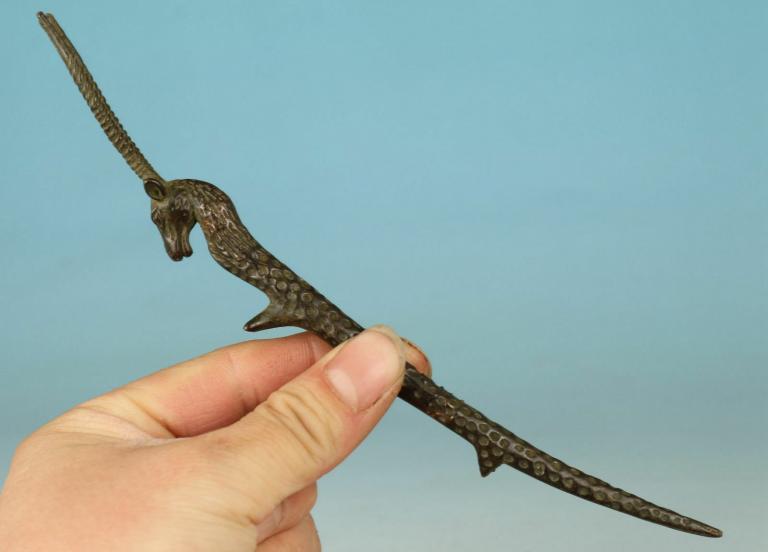
As the productivity develops, new water lifting tools like the dredging box, the irrigation bucket, the dragon-bone water lift, and the scoop waterwheel emerged. For the dredging box, thick ropes are tied to both sides of the bucket for two persons to hold. They pull the rope to lift the water. Another kind of dredging box is that a handle is set in the middle of the rope for one person to hold, usually in the place where the bank is too low to set a tool The irrigation bucket is made by several long and big bamboo poles(bamboo knot are taken away) connected together, to lead the water in the valley to the field. Dragon-bone water lifts were first used in the Eastern Han Dynasty, a kind of irrigation machine. Making use of the sprocket feed and the platform trap door lifting, it gets the name for resembling the dragon bone. It was first driven by people, then by animals, wind power, and hydraulic power. With the reasonable structure and reliability and utility, it was used by many generations, and its structure even maintained by the modern waterwheel, cattle turning waterwheel and windmill. Waterwheels are the small-sized dragon-bone water lift. They are light and easy to move. The cattle turning waterwheel and the windmill are also a kind of dragon-bone water lifts powered by animals and wind. They were still in use until the popularization of the water pump in modern times, and then stepped down quietly from the stage of history. Scoop waterwheels, also known as the water turning scoop, are powered by water, with the scoop carrying the water from the river and pouring into the field on the other side. The whole project needs no man power, invented in Sui Dynasty and popular in Tang Dynasty, and still in use in Hunan, Hubei, Guangxi, Yunnan, etc., presently. Harvesting tools For harvesting tools, there are reaping hook, “guan Chuang”(for threshing millets), highland barley frame, flail, manual winnow, winnower,etc. Among them, the reaping hook is in various shapes, and is the most commonly used harvesting tool. It is evolved from the stone knife in primitive society, and has different shapes and lengths due to the different habit and customer of different places. “Guan Chuang, some like a box and some frame-style, is used for threshing the millets. People dash the unhusked rice onto it to husk it. The frame-style Guan Chuang is usually made of wood with bamboo slice embedded, light and convenient to move. The highland barley frame, larger in size, is mostly used by the minorities in Southwest China. The highland barley should be harvested and dried immediately after being ripe, so as to reduce the damage resulted from the unpredictable weather there. The flail is also a tool used by hand for threshing the millet. It is composed of a long wood pole and rapping bars to husk the millet.
Manual winnows, woven with bamboo split or willow twig, are for getting rid of the impurities in the grains, often used together with the winnower. The winnower, mostly wooden, can date back to the Han Dynasty, and saw its heyday in Song Dynasty. The vertical-shaft winnower popular at that time has been handed down to today, but subject to some improvement. The size varies from place to place but the basic structure quite alike. And the regions in the south of the Yangtze River see the largest variety of winnower shapes. In the vast countryside of China, the harvesting tools are essential. Although in different shapes and structure, they are for the same purpose, and have common features, such convenient, economic, and durable. Processing tools Processing tools mean the equipment chiefly intended for processing grains, including pestle, mortar, rice huller, millstone, grind, roller, etc. The millstone, grinding bat and pestle can be used for processing the icker to get the rice, a very important tool in the daily life in prehistoric society in China. Later on, it evolved to be different tools made of different materials and for different purposes, such as the rice huller, the mill, and the roller. In the Northern and Southern Dynasties, people created a complicated processing machine, composed of eight millstones and powered by cattle. People in Song Dynasty often used water and animal driving mechanical grinds and rollers. Mortars and pestles are for pounding grains and medicine, derived from the Han Dynasty reef mortar with the lever principle. Smashing grains in the mortar and grinding grains with millstone pushed by hand are still adopted by some minorities today. The stone roller, also called the “Lu Zhou, is generally a stone cylinder commonly used in the country in North China. Roughly resembling a cylinder, a little larger in the middle and smaller on both ends, rotating around a center, it is mostly applied to grind grains and flatten fields.
As time passed by, China began to spend great efforts in promoting the new-style animal-driven farm tools after 1949, like walking ploughs, hoes, sowers, harvesters, and waterwheels. In late 1950s, tractor and supporting farm tool manufacturing industries have emerged in China. The success in making the boat-type tractor in 1972 provided the multi-function driving force for the paddy field in South China, especially for the water filed. In the age of traditional “cold farm tool”(non electronic machinery), the too making technology in China was at a very high level, in terms of mechanics and structure, materials processing, and convenience and utility. Tools like hoes and ploughs are still in use in some places today, but the irrigation tools almost have died out. And the traditional low-efficient labor-intensive processing and harvesting tools are being eliminated, as well as the traditional agricultural transportation tools. Handicraft making tools Chinese handicrafts, originated in agricultural production activities, are closely related to people’s daily life, and are an important component of the social economy. The tools become more specialized in the wake of industry subdivision. Tools in each field, after being adjusted, matched, and combined in Song and Ming dynasties, were stabilized and handed down to present days. Tools are always a symbol for the craftsmanship. As the handicraftsmen often said, “wonderful tools are better than the skilled man, “and “craftsmanship contributes three parts and tools seven. “Materials shape and decoration could embody the level of the craftsmanship and attainments of the craftsman, for the very tools are exactly the exquisite art ware. By industrial section, there are tools for carpenters, for tillers, for porcelain making, for weaving, for dyeing, for block printing, etc. The following part is about the three major categories of tools, namely, tools for carpenters, for porcelain making and weaving. Tools for carpenters In the traditional handicraft industry, carpentry has the broadest scope and finest division. In early times, carpentry comprised mud work, tile work, stone work, etc., with Luban worshiped as the god of this industry. Then the independent carpentry was established. Tools are mostly construction tools, for logging, lumber making, wood flattening and construction. The ancient logging tools include axes, choppers and saws, often used at the same time. The invention of splitting tools and sawing tools makes the splitting and chopping the major craftsmanship in the Northern and Southern Dynasties for making lumber, and afterwards, the sawing. By the finess degree, there are rough processing tool the short axe and fine processing tool the plane. The penetrating tools like chisel, cone, and drill all have far-reaching impact on the node processing, and are closely related to the connection process, like the mortise and tenon connection, nail connection, and glue connection.
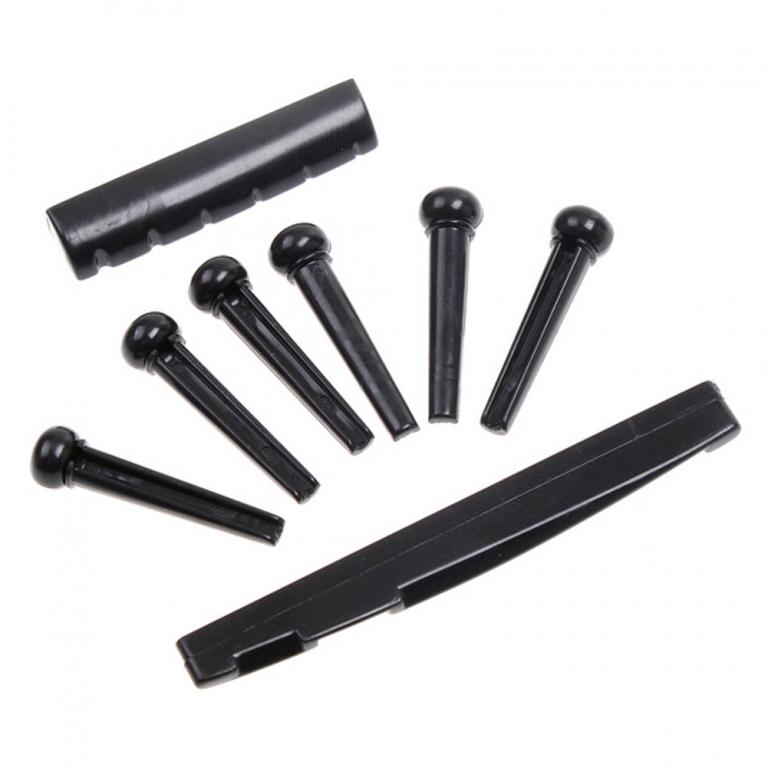
Post to the Song Dynasty, carpentry could be divided into large carpentry, small carpentry, fine carpentry, round carpentry and water carpentry. Tools used were roughly the same, just with the size different from each other. Since the modern times, types of common carpentry tools topped100. Commonly used ones were saws, planes, drills, gauges, rulers and ink markers. Saws are for sawing and cutting boards, including big saws, medium saws, small saws, digging saws and bent-handle saws mostly in the shape of a bow. The bent -handle saw, resembling big blade, can be operated by both one hand and two hands. The hand saw has a long history and metal saws can date back to the Shang and Zhou dynasties. Folklore goes like this: The saw was invented by Lu Ban who was inspired by the jagged leaf which scratched his finger when he was lumbering. Planes are for making timber flat, smooth, straight, and thin. They are composed of body (bao tang, cao kou), blade, and stow-wood. The body is usually made of hard wood. By size and function, there are big planes, medium planes, small planes, line planes, and dig planes. Big planes are large in size, primarily for rough process of the long timber. Medium planes are for planning the rough surface of the timber, and small planes are to deal with the surface of the timber. As for the line plane, it has many cutting edges and narrow body, majorly for planning the surface of the timber to generate lines on it. The dig plane is specifically used to scrap the arc structure. Another plane the horizontal sliding plane was created in late Southern Dynasty. By late Ming Dynasty, the widespread application of planes is a driving force for the development of hard-wood furniture.
The axe is a tool the most versatile and having the longest history among tools for carpenters. A stick handle and a trapezoidal blade connected to each other can be used to cut, chop, deal with the mortise and tenon, hit the nail, pave the roof board,etc. Chisel is used to make mortises, carve patterns, of variety of sizes. chisel is made of wrought iron, with steel inlaid at the edge. The upper part is a conical tube, to fit the wooden handle. Hit the chisel handle with an ax, chisel edge would be inserted into the wood to dig hole. Chisel edge is one inch wide, some narrower ones, about three-tens- of an inch. If you want to get round hole, gouge chisels must be used. The gauge and the ruler are used to draw lines and get a rectangular. “Lu Ban standard ruler” in ancient time mainly is used to check if the planed plate, lumber and structure are vertical, or if the edge is a right angle. It is an important tool for measurement and correction, similar to today’s squares. The “Lu Ban standard ruler” is about 42.9 centimeters long, said to be made by Lu Ban. Afterwards, blending the horoscope in the feng shui circles, the ruler begins to be used to measure auspiciousness and inauspiciousness of the house. So it gets the name the “door meter,” “angle square, “widely used in feng shui and architectural circles. The ink marker is a common tool in traditional Chinese woodworking industry, composed of ink chamber, line reel, ink line (including line cone), and ink label.Its three purposes include: drawing the long straight line. Fix one end of the line after immersing it in the ink, pull out line straightly at the needed position, and then lift the middle part and let it rebound; drawing short straight line or making mark with the ink in the ink chamber and supported by the ink label and esquadro; drawing a vertical line to replace a plumb bot. Because the woodworking habits are different, the shape, decoration are also not the same, generally made of hardwood, and decorated with the high relief auspicious patterns. The ink chambers are peach, fish or dragon shaped, for both self-entertainment and showing off the carpentry skills. Tools for making ceramics Chinese ceramics, with a long history, are characterized by rich modeling and decoration. But the tools and environment for making ceramic is very simple. Traditional ceramic process is divided into five parts: the selection of the raw materials making blank, drying, glazing and firing. The main tools are: water-powered trip -hammer for smashing clay or porcelain clay, spinning plate and model for making blank, as well as various kiln furniture used in the kiln.
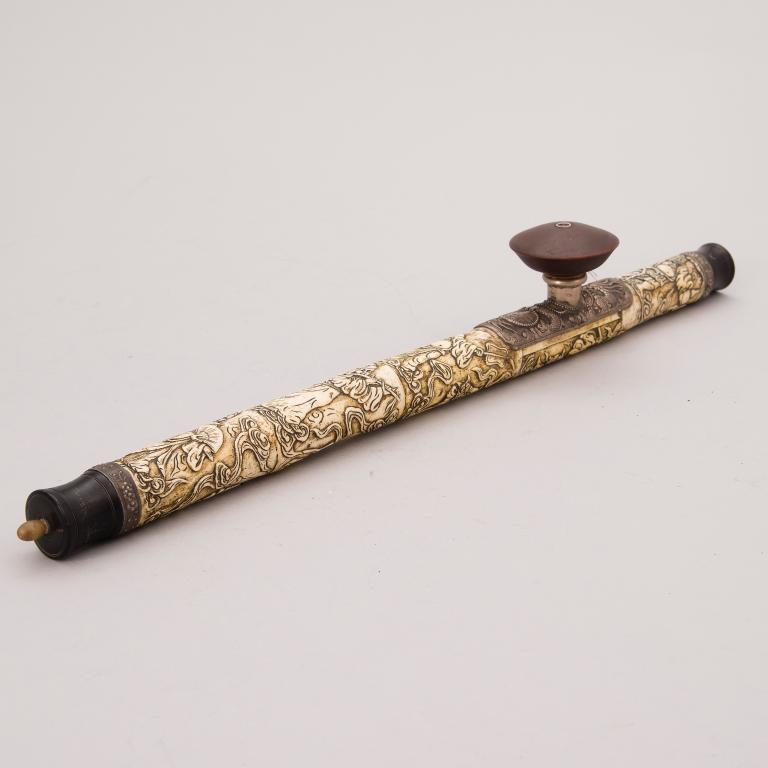
The spinning plate is the main tool for forming the circular ceramics, first appearing in the late Neolithic age, also known as “Tao Jun”and “Lu Lu.” The spinning plate is composed of the rotary wheel the shaft cap, shaft, compound lever and the swing hoop. The rotary wheel is a circular wood, with shaft cap embedded in the center of the back side, tie to the top of the straight shaft inserted in soil; the swing hoop is arranged in the lower part of the shaft, and the compound lever at both sides of the shaft, to maintain the balance and location. Making blank with the spinning plate is known as the “jiggering. When making the blank, put the clay on the rotary wheel, turn the rotary wheel to keep it spinning, and then jigger it into the required shape. The spinning plate is also used for trimming, decoration etc. The model, also known as mould, is used to make banks with clay. The clay, plaster and other materials are made to be the required porcelain shape, then spread the clay onto it or onto its inner wall, then press it with hand or machine. After it has gone dry, take it out and that is the blank. The model falls into single model and compound die Small objects, spouts, pot handles and non-circular bowls and plates are usually made with model.
Kiln furniture, made of fire-resistant clay is the ancillary tool for firing the ceramic blank in the kiln. Including the pad, the sagger, the “Huo Zhao,” the “Huo Zhao”(test piece), etc., kiln furniture is primarilyused to contain and support the blank, reduce the chances of staining or damaging the blank, and increase the loading of the kiln, helpful for the ceramic firing. Kiln furniture is an important basis on which the archaeologists estimate that if a place is the kiln site. Based on function, the pad can be divided into two kinds: first, the spacer for separating the piled up blanks; second, the blank pad, also called the brace, used in the bottom of the kiln. It is relatively tall. The spacer could date back to the Warring States Period and was widely used there after. Common spacers are supporting beads, circular disks, sawtooth, rings, annular supporting pins, triangles, triangle supporting pins, placed between tow blanks to prevent them from bonding. Braces were first applied in the Han Dynasty, and popular in the Three Kingdoms, Liang-jin and Northern-Southern Dynasties period. They are usually barrel shaped corset barrel shaped, trumpet shaped, bowl shaped, basin shaped, and tall pillar triadius shaped, and of different height, some 10 centimeters high, and some 30 centimeters. Mission of them is to put the blank in the best position in the kiln, not the low-temperature kiln bottom, and to lift the product quality and rate of finished products. Then the sagger was invented and used, which reduced the application of braces to a large extent, or even stopped the application in some kilns. Saggers, cylinder, funnel, bowl shaped in general, were invented in the Southern Dynasty and found widespread use in the Tang Dynasty. They protect the blank from being smoked directly and the dropping sand from the top of the kiln. Meanwhile, they work for the blank being heated evenly, glazed surface being clean, and product quality being increased. Besides, being able to be overlaid and not easy to collaps they can increase the loading of the kiln to raise the output Huo Zhao, also known as the “Huo Biao” and the “test piece, “was largely used in the Song Dynasty. It is a piece for testing the temperature, air in the kiln, and the maturity of the blank. Generally made of porcelain clay and processed blank of bowls or other articles, it is usually a triangle, even in the upper part and pointed in the lower. The upper part is glazed and a hole is carved. During the firing, several test pieces are put in a place where they can be seen from the fire observation hole, and can be hooked and taken out of the kiln for testing fire. Fire testing should be done several times and each time takes one of them. The invention and application of kiln furniture mentioned contribute to both the productivity and the quality. Weaving tools The spinning wheel, also called the”Fang Zhuan”or”Zhuan,” is the earliest yarn twisting and spinning tool. It first emerged in the Neolithic Age, and made of scabbling, then ceramic, and then brass in the Bronze Age. The oracle bone script”Zhuan”() is the hieroglyphic, resembling person in ancient times who was spinning. The upper part of the character stands for coiling the fiber around the spinning pole, and the lower part ceramic wheel.the”shou” one the left denotes the act of spinning. And the”fu” implies the material of the spinning wheel–clay. The spinning wheel consists of Zhuan plate(bopan) and Zhuan pole(bogang), and the ceramic spinning wheel has a hole in the middle for a turning pole to insert. When turn the Zhuan plate, the gravity of the plate pulls and draws the scattered fiber, and the force the plate generates when spinning twists the fiber into a braid. The plate keeps spinning and the braid is getting longer and longer. After the plate stops spinning, coil the braid around the Zhuan pole. Then yarn spinning is done. The ceramic wheel is simple in structure but the spinning with the plate already includes the five spinning motions still in use today: feeding, drawing, twisting, batching,and taking shape. The spinning wheel remains a tool for some minorities in China to entwist woolen yarn.
The waist loom is the primitive weaving tool in China, also called the “sitting loom” for people weave with it while sitting. The siphonate spicule, beating-up wooden knife and osteotome, wire wrapping stick, and other components of the waist loom unearthed in the Hemudu Site (the Neolithic Age) in Yuyao of Zhejiang are the indicator for the use of the waist loom in China more than 7,000 years ago. And the weaving process is still in use in some minority area today. The way to operate the waist loom: the feet trample the meridian stick, the right hand holds the beating-up wooden knife to beat the latitude yarn to make them compact, and the left hand throws latitude yarn. Without of a frame, this kind of loom needs to be trampled by feet, an end of the winding arbor is tied to the waist, and both feet pedal beam on the other end, to tighten the fabric; according to the odd and even number, divide the longitude yarn into two layers with the longitude yarn separating stick; lift the longitude yarn with the harness lever to form the shed; lead the latitude yarn with the spicule, beat the latitude yarn with beating-up knife. The harness lever, the longitude yarn separating stick, and the beating-up knife are not only the import components of the waist loom, but also the achievements of the waist-loom-weaving technology. Despite the simple structure, it already has the motions towards three directions: opening the cloth fell upwards and downwards, leading the latitude yarn to left and right, and tightening forwards and backwards. Big improvement was made to the loom in the Spring and Autumn Period. And the oblique loom invented in the Han Dynasty found wide application. This center-axle pedal loom has a frame, warp face of the loom is 50-60 degrees inclined with the horizontal base, so called the “oblique loom”with mechanical function of drafting, opening, and beating, and suitable for weaving tabby plain fabric. Application of oblique loom is based on the lever principle. Both feet of the weaver pedal the two harness boards (one is longer and the other shorter) to drive respectively the harness to pull the “horse head”(oscillating bar of the shedding, big in the front part and small in the rear part, resembling the head of a horse), to make the harness alternate up and down, and divide the longitude yarns into upper and lower layers, forming a triangular cloth fell. The oblique loom operated by both hands and feet not only relieves feet from pedaling the shaft and eases the labor intensity, but also needs feet instead of hands to shed, so that the hands can quickly and effectively do weft insertion and beat up, improving the weaving speed. In addition, the operation person can sit while weaving, and can clearly check that if the longitude yarn tension in the back of the opening is uniform, and if there is breakage, greatly improving the cloth output and quality. The weaving machinery didn’t become complete until the Song and Yuan Dynasties. As the cotton planting was promoted in Central China, a complete set of technology of weaving cotton emerged and was handed down to now. By early Yuan Dynasty, the carpenter Xue Jingshi wrote the illustrated Zi Ren Yi Zhi (or Weaving Machines Created by Carpenters), summarizing the advantages of different weaving machines, including not only the specific shape and structure of the vertical type loom jacquard machine, circular knitting machine and linen and silk weaving machine, etc., but also the size, and the structural relationships and working principle. “When separated, each part has its own name, and when integrated, complete machine comes out.” By late Song Dynasty and early Yuan Dynasty, the famous cotton weaving specialist Huang Daopo, after learning the method of weaving cotton and making Yazhou sheet from the Li people in Hainan, came back to her hometown Wunijing Town, to the east of the Songjiang District of Shanghai presently, to teach people to weaving cotton, improve and promote the stirring machine, cotton fluffing bow, three-spindle pedal spinning wheel, other weaving machines, staggering yarn and marching colors and twining yarns and making patterns, and teach people how to apply them. To be specific, the stirring machine (cotton gin) has a crank and an ironwood shaft of different thicknesses and rotate speeds, which could separate the cotton seed from the yarn and through them out on both sides of the two shafts. The cotton fluffing bow was prolonged from one and a half feet to four feet, and the bowstring was changed from the wire string to the rope string, and finger plucking string to stick hitting string. The bow was strong and the cotton fluffy, clean and done quickly. The three-spindle pedal loom replaced the single-spindle hand operated loom, not only being labor saving, but also saving hands for holding cotton and drawing yarn. It was able to spinning three yarns at the same time, and was the most advanced loom in the world for being quick and high-yielding.
Popular weaving tools in modern times mainly include the stirring machine, fluffing bow, spinning wheel, winding machine and silk reeling machine, sizing and weaving machines. Stirring machines also known as the “driver” and “rolling machine” are divided into the pedal and hand machines, used for rolling out the cotton seed. The spinning wheel, having pedal and hand machines, can spin the yarn sliver into yarn. Among them, a hand spinning wheel is subject to some operation skills and pedal spinning wheel is improved in structure. It is a machine improved by Huang Daopo. The winding machine is for winding, often used together with a spinning wheel. “What useful is beautiful”is the primary principle of Chinese folk instruments. Its main features: mass produced for the life and production of the public; mostly made of local materials, of simple structures, and inexpensive; some are carved, engraved, cut, dyed, painted, grinded to directly materialized the skill of the maker. In the early days, those tools already had the function material, form, aesthetic factors as those in the design of modern times, and shape custom, using habits and creation legend still go around in the folk now.
